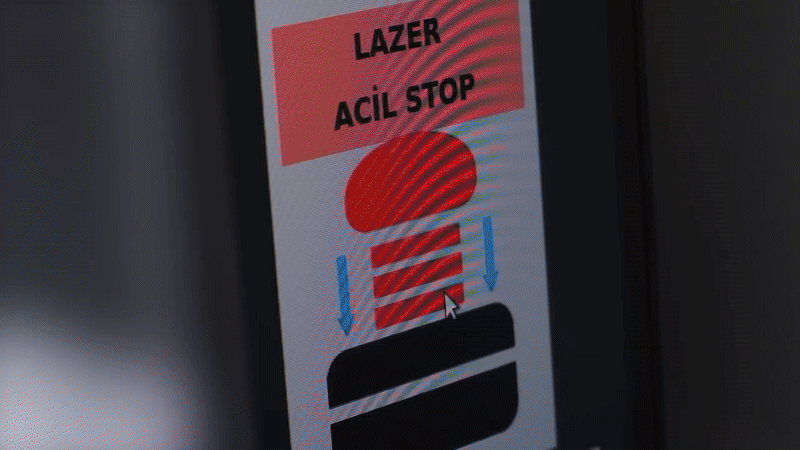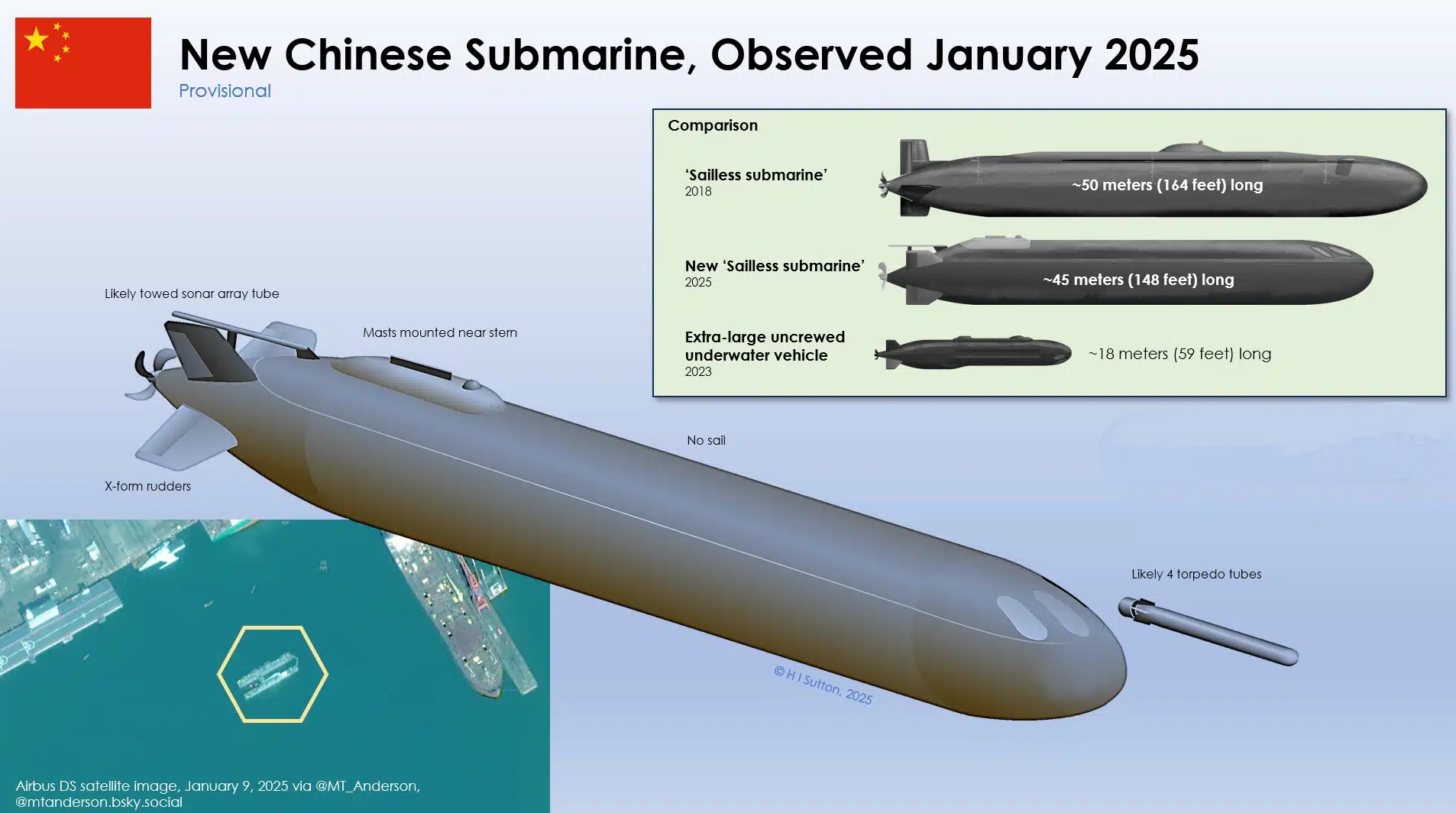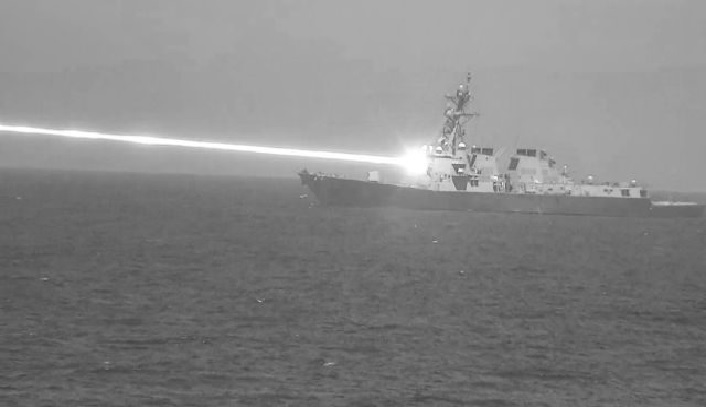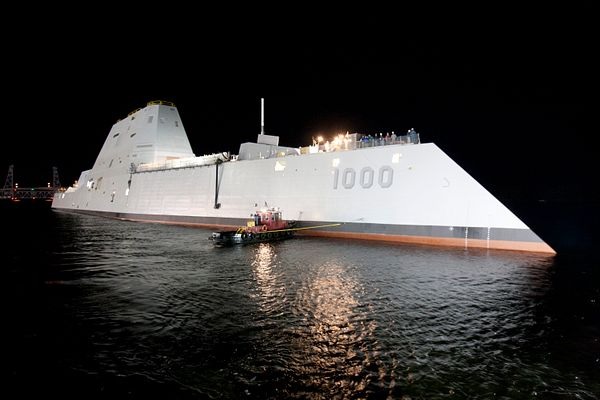Turkey's Roketsan Demonstrates ALKA Laser Weapon System's Versatility with Explosive Armour Detonation

Turkish defence company Roketsan recently showcased a striking demonstration of its ALKA Directed Energy Weapon (DEW) system, capturing attention with a display of its growing capabilities. In a newly released video, the ALKA system successfully detonated a 10 mm Explosive Reactive Armour (ERA) block using its high-energy laser, signaling new potential roles for the technology beyond its original design.
The ALKA system was initially conceived as a countermeasure against modern battlefield threats like unmanned aerial vehicles (UAVs) and improvised explosive devices (IEDs). Its core features include high-precision targeting and neutralization of fast-moving drones or disabling electronic systems. The new footage, however, suggests that Roketsan is expanding its scope to test its viability against armoured targets.
ALKA's Key Specifications and Capabilities
- Laser Technology: ALKA employs a solid-state laser system capable of neutralizing threats with pinpoint precision. The system can target objects from several hundred meters away, making it ideal for short to medium-range defence scenarios.
- Multi-Layered Defence: ALKA can simultaneously engage multiple threats, combining its laser weapon with an electromagnetic pulse (EMP) feature to disrupt communication and disable drones or electronic IEDs.
- Rapid Deployment: The system is designed for mobility and can be mounted on land-based vehicles or stationary platforms, ensuring versatility in deployment.
- Targeting System: A sophisticated electro-optical targeting system ensures that ALKA remains effective in a range of environmental conditions, including low-visibility scenarios.
Tactical Implications of ERA Detonation
While the ALKA system's primary mission does not include direct engagements with armoured vehicles, the ability to detonate ERA presents intriguing possibilities. Explosive Reactive Armour is specifically designed to disrupt incoming anti-tank projectiles by absorbing their energy. By targeting and detonating these armour blocks with its laser, ALKA could pave the way for more effective follow-up attacks using anti-tank guided missiles (ATGMs) or kamikaze UAVs.
Experts have also pointed out the psychological impact such a capability could have on tank crews. The sudden detonation of ERA without a visible projectile might simulate the effect of an imminent attack, potentially affecting crew morale and operational focus.
Challenges and Future Developments
To transform ALKA into an effective anti-armour weapon, significant advancements in its power generation and operational range would be necessary. For instance, the system would need to operate at a distance where it could neutralize threats before tanks or other armoured vehicles could retaliate. Increasing the laser's energy output while maintaining portability will be a key focus for future iterations of the technology.
Roketsan’s latest demonstration highlights the ongoing evolution of directed energy weapons, moving them beyond traditional roles into areas once dominated by kinetic solutions. With further refinements, systems like ALKA could redefine modern battlefield dynamics, particularly in hybrid warfare scenarios where versatility and speed are paramount.



